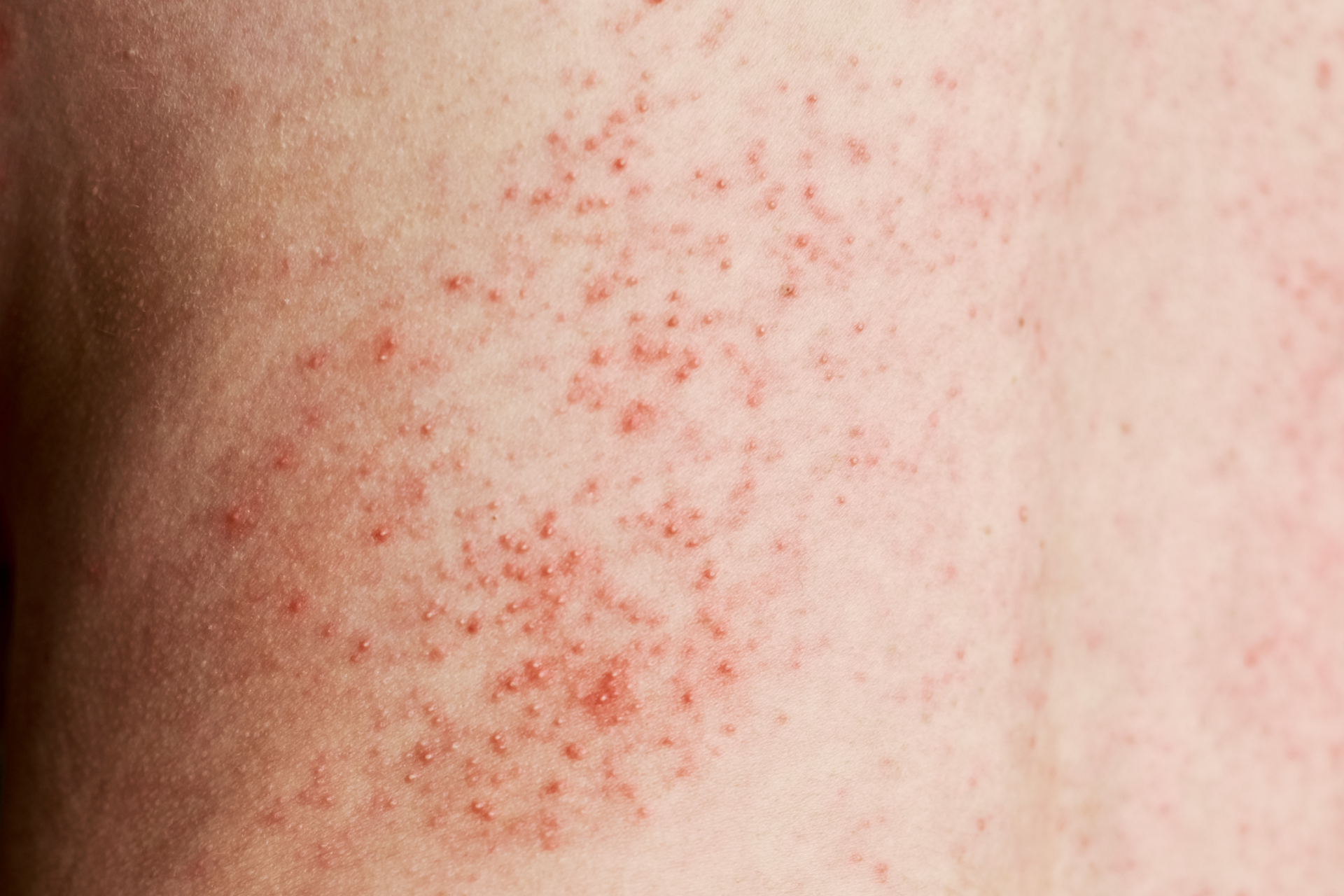Why You Should Never Ignore Persistent Skin Rashes

Introduction:
At Fall Creek Skin and Health Clinic, we understand the importance of maintaining healthy skin. Skin is the largest organ of the body and acts as a protector against harmful pathogens. When it comes to skin rashes, they are not only uncomfortable but can also be a sign of underlying health issues. In this blog post, we delve into the reasons why you should never ignore persistent skin rashes and the potential risks they may pose to your overall health.
Understanding Skin Rashes:
Skin rashes can manifest in various forms, ranging from redness and itching to blistering and peeling. While some rashes may be temporary and caused by external factors like allergies or irritants, persistent or recurrent rashes can indicate a deeper problem. These issues may include allergic reactions, infections, autoimmune disorders, or even skin cancer. As experts in skin care at Fall Creek Skin and Health Clinic, we advise our patients to seek medical attention promptly if they experience persistent or concerning skin rashes.
Hidden Health Concerns:
Ignoring persistent skin rashes can lead to complications that extend beyond the skin’s surface. Rashes that are left untreated can become infected, leading to more serious skin conditions. Moreover, certain skin rashes may be an early warning sign of underlying health issues such as autoimmune diseases, hormonal imbalances, or even internal organ problems. By addressing skin rashes in their early stages, our team at Fall Creek Skin and Health Clinic can help identify potential health concerns and provide appropriate treatment.
Impact on Quality of Life:
Persistent skin rashes can significantly impact your quality of life. Constant itching, pain, and discomfort can affect your daily activities, sleep, and emotional well-being. Additionally, visible rashes may cause self-consciousness and impact your social interactions. By seeking professional help at Fall Creek Skin and Health Clinic, you can address skin rashes effectively, alleviate symptoms, and prevent further complications that may disrupt your life.
Professional Evaluation and Treatment:
When it comes to persistent skin rashes, self-diagnosis and over-the-counter remedies may not always suffice. At Fall Creek Skin and Health Clinic, our experienced dermatologists and healthcare providers are equipped to evaluate your skin condition thoroughly. Through a comprehensive examination, they can determine the underlying cause of your rash and recommend personalized treatment options. Whether it involves topical medications, oral medications, lifestyle modifications, or further diagnostic tests, our team will work with you to develop a tailored plan for managing your skin condition.
Preventive Skin Care:
Prevention is key when it comes to skin health. While some skin rashes may be unavoidable, adopting a preventive skincare routine can help minimize the risk of developing persistent rashes. This includes staying hydrated, using gentle skin products, protecting your skin from sun exposure, and maintaining good hygiene practices. At Fall Creek Skin and Health Clinic, we emphasize the importance of regular skin screenings and proactive skin care to detect potential issues early and promote overall skin health.
Conclusion:
Persistent skin rashes should never be ignored, as they can signal underlying health concerns and impact your quality of life. By seeking professional evaluation and treatment at Fall Creek Skin and Health Clinic, you can address skin rashes effectively and safeguard your skin health. Remember, your skin deserves the same level of care and attention as any other part of your body. Prioritize your skin health, and don’t hesitate to consult our team of experts for comprehensive skin care services tailored to your needs.




